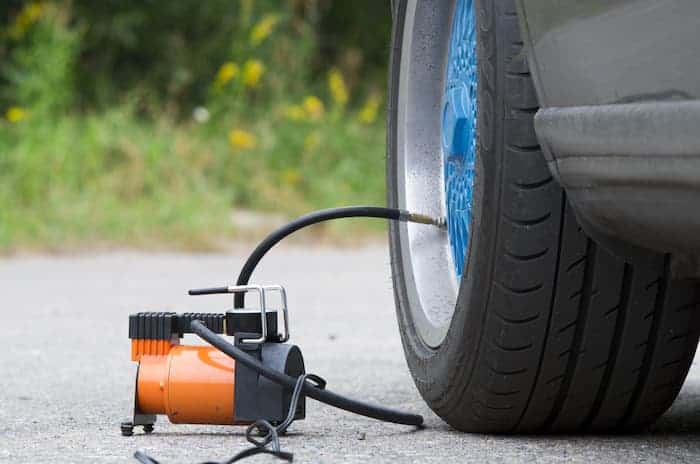Night driving can be challenging for older adults due to age-related changes in vision, slower reaction times, and increased glare sensitivity. However, by implementing strategies such as proper vehicle maintenance, adjusting headlights, limiting distractions, wearing appropriate eyewear, and planning ahead, older drivers can make nighttime driving safer and more comfortable. It’s essential to recognize when it’s no longer safe to drive at night and take appropriate action to ensure personal and road safety.
Table of Contents
Toggle- The Science Behind Night Vision and Aging
- Challenges of Night Driving for Older Adults
- Strategies for Safer Night Driving
- Knowing When to Stop Driving at Night
- FAQ - why is night driving harder with age
- What can older adults do to improve their night vision?
- How often should older adults have their eyes checked?
- Are there any specific car features that can help older drivers with night driving?
- Can cataract surgery improve night driving for older adults?
- Is it safer for older adults to avoid driving at night altogether?
The Science Behind Night Vision and Aging
The aging eye
Our eyes are complex organs that change as we age. One major change is the gradual loss of flexibility in the lens, which makes it harder for our eyes to adjust to different levels of light. This can lead to a decrease in our ability to see well in low-light conditions, such as nighttime driving.
The role of the retina
The retina is the light-sensitive tissue at the back of the eye, responsible for converting light into electrical signals that are sent to the brain. The retina contains specialized cells called rods and cones. Rods are responsible for our ability to see in low-light conditions, while cones are responsible for color vision and high-detail vision. As we age, the number of rods in our retina decreases, which can lead to difficulty seeing in the dark.
The effect of cataracts
Cataracts are a common age-related eye condition that occurs when the lens of the eye becomes cloudy. This cloudiness scatters light entering the eye, leading to blurry vision, glare sensitivity, and difficulty seeing in low-light conditions, such as night driving.
Challenges of Night Driving for Older Adults
Decreased peripheral vision
As we age, our peripheral vision narrows, which can make it harder to see objects or pedestrians on the side of the road, especially at night.
Difficulty judging distance and speed
Older adults may have difficulty judging the distance and speed of oncoming vehicles, making it harder to make safe decisions when driving at night.
Slower reaction times
Reaction times tend to slow down as we age, which can be problematic when driving at night, as it may take longer to respond to sudden changes in traffic or road conditions.
Glare sensitivity
Older adults are more sensitive to glare, which can make it difficult to see when driving at night, particularly when faced with oncoming headlights.
Strategies for Safer Night Driving
Proper vehicle maintenance
Regular vehicle maintenance, such as keeping the windshield clean and replacing worn wiper blades, can help improve visibility while driving at night.
Adjusting headlights
Ensuring that headlights are properly aimed can reduce glare and improve visibility for both the driver and other motorists.
Limiting distractions
Reducing distractions, such as turning off the radio or silencing mobile devices, can help older adults stay focused on the road while driving at night.
Wearing appropriate eyewear
Anti-glare glasses or lenses, such as best night driving glasses, can help reduce the impact of glare on older drivers, making it easier to see at night.
Planning ahead
Planning trips to avoid nighttime driving when possible or choosing well-lit routes can help older adults feel more comfortable behind the wheel after dark.
Knowing When to Stop Driving at Night
It’s important for older adults to recognize when it’s no longer safe for them to drive at night. Factors to consider include a history of accidents or near misses, frequent feelings of anxiety or stress while driving at night, or difficulty seeing road signs and markings. If these issues persist, it may be time to limit or stop night driving altogether. Consultation with an eye care professional or primary care physician can provide guidance on the best course of action.
FAQ - why is night driving harder with age
What can older adults do to improve their night vision?
Regular eye exams, maintaining a healthy lifestyle, and addressing any underlying vision issues can help improve night vision. Anti-glare glasses or lenses can also be helpful in reducing glare sensitivity.
How often should older adults have their eyes checked?
It’s recommended that adults over the age of 60 have a comprehensive eye exam at least once every two years, or more frequently if advised by their eye care professional.
Are there any specific car features that can help older drivers with night driving?
Some vehicles come equipped with features that can assist older drivers, such as adaptive headlights, which adjust the direction of the beam based on the vehicle’s speed and steering, and automatic high-beam control, which toggles between high and low beams based on oncoming traffic.
Can cataract surgery improve night driving for older adults?
Yes, cataract surgery can significantly improve night driving for older adults by removing the cloudy lens and replacing it with a clear artificial lens. This can reduce glare sensitivity and improve overall vision in low-light conditions.
Is it safer for older adults to avoid driving at night altogether?
become compromised. LimWhile it’s not necessary for all older adults to avoid night driving, it’s important for individuals to recognize when their ability to drive safely at night has iting or stopping night driving when necessary can help ensure personal and road safety.




